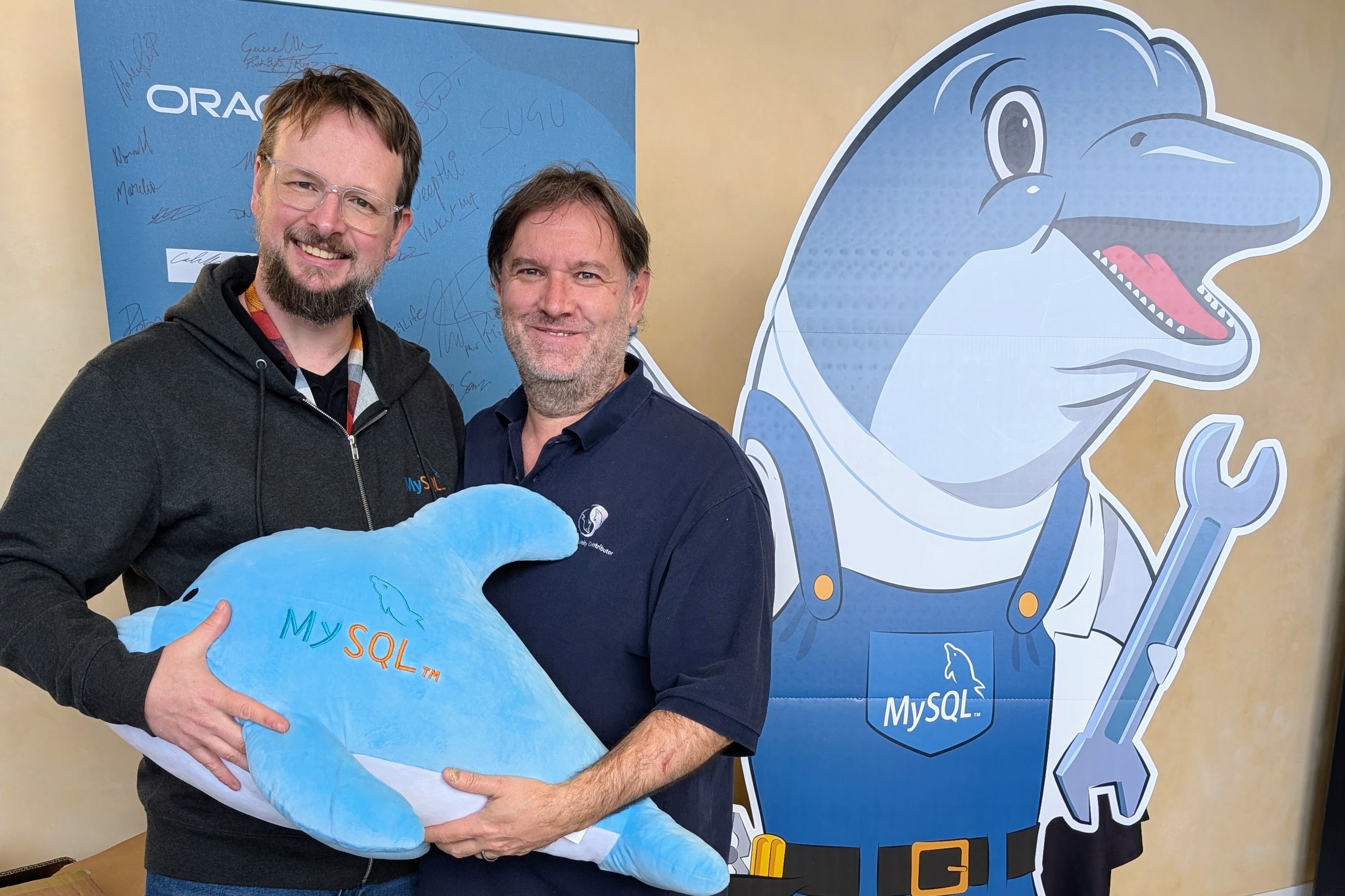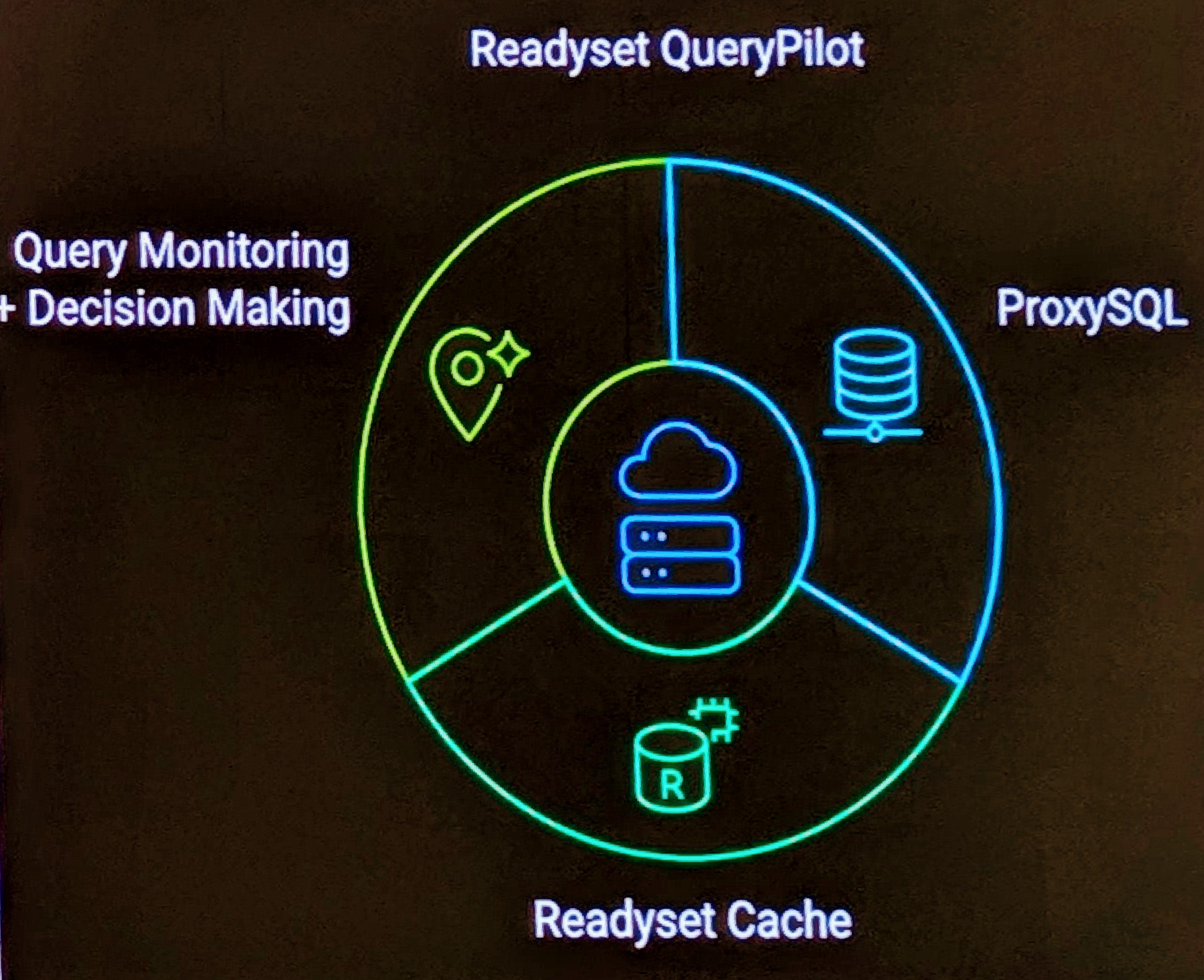I have moved on to InnoDB: Innovative Technologies for Performance and Data Protection by Ken Jacobs at MySQL Conference and Expo .
With a brief history lesson of inception from 1994, inclusion in MySQL in 2000 and acquired by Oracle in 2005. Most of the work was done by one person. InnoDB is based on sound database computer science using Gray & Reuters definitive text on database design.
Some key points in Ken’s discussion.
- Adaptive Hash indexing for frequent queries on keys.
- In plugin Adaptive Hash is configurable
- Insert Buffering – Deferring secondary index writes
- Fast Index Create – doesn’t requires all indexes to be rebuilt
- Table Compression – Changing the page size
The InnoDB plugin available in 5.1 has a number of new benefits.
- fast index creation
- table compression
- info schema tables
- new row storage format
- file format management
All InnoDB 1.0.3 plugin features will be available in MySQL 5.4
The big announcement is a new product – Embedded InnoDB. This has the high performance, reliability and rich functionality of InnoDB, has a flexible programmatic API. No SQL, No security.


